10 tips for a perfect lawn
How to create a beautiful, short and thick turf out of an ordinary lawn? The journey does not have to be too long or complicated. All it takes is to stick to the 10 basic rules that have been followed by lawn keeping experts.
1. Use the best lawn seed with high share of fescue
Everything should begin with the right seed mix. It is clear that you will achieve lawn density faster if you use a fescue mix (for golf fairways or greens) than if you opt for a meadow grass seed or a cheap 10-kilogram seed mix from a DIY market. Yes, you can transform a wild meadow into a representative lawn, but it will take a lot of time, energy and money.
Fescue is a drought-tolerant plant, which means that it prospers even without proper irrigation. It regenerates well even after longer drought periods. It tolerates short trimming well and has a very fine structure; it is therefore used on golf courses and English-style lawns.
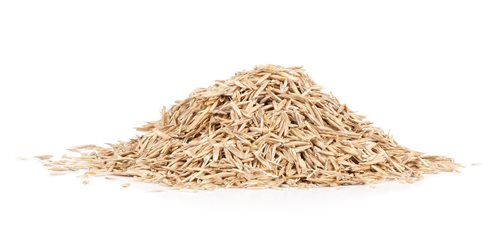
2. Mow regularly - ideally twice a week, trim the grass by no more than 1/3 of its original length
Regular mowing twice a week is a sufficient signal for the grass to stop growing tall and start growing to the sides instead. This helps the lawn densify quickly. Mowing three times a week is not a problem, the grass will thicken even more quickly. Mowing once in 5 to 7 days, however, is borderline inconvenient, because this frequency lets the lawn improve only very slowly or not at all.Make sure to trim only 1/3 of the original length of the grass blades. Set up the mowing height to only cut off the 1/3 in order not to put the grass under stress and ensure its best appearance and health.
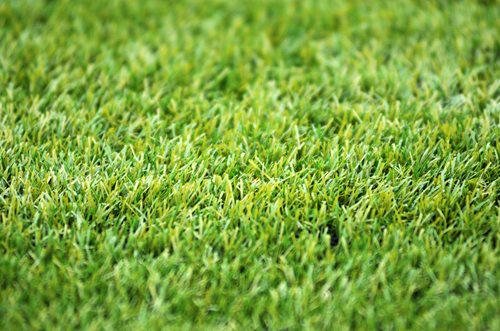
3. Make sure to have a sharp mower - ideally a cylinder mower on rollers
A dull mower is a disaster for every lawn. The cut itself determined the damage of the grass. We simply want to trim the lawn, to shorten it, not to massacre it. You will not cut a slice of bread with a dull knife either. Therefore, check the blade regularly and sharpen it.A cylinder mower cuts the grass just like scissors would. It is the gentlest possible way of trimming grass blades.
4. Collect grass, do not mulch
It is proven that collecting the cut grass not only improves the final look of the lawn, but also reduces the risk of mould and other diseases. And you will not get your porch or house floors dirty by bringing grass home on your shoes.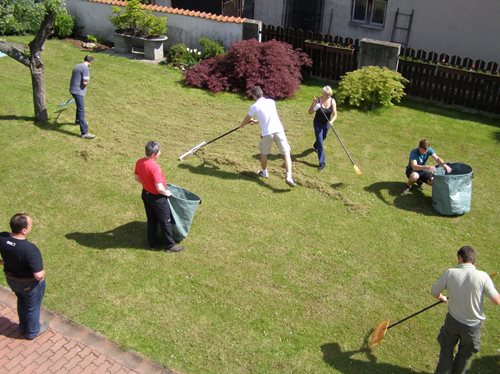
5. Fertilise regularly
No organism can grow properly without nutrients. Grass fertilisers are made to get your lawn everything it needs, with the right dosage. Every fertiliser can be dosed differently, so stick to recommendations on each package. Fertilising in autumn is different than that in the peak of the season.
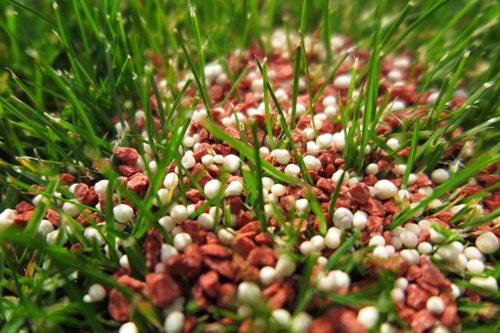
6. If you can, use irrigation - ideally every other day before sunrise
If you overseed your lawn with the right seed mix and do not irrigate it enough, the drought-tolerant grass types will prevail. This is a natural selection that works perfectly in nature.If you wish for a lush green lawn throughout the entire season, you will not be able to do it without irrigation. Try to emulate conditions similar to an actual rain. That means less intense, but long enough watering to make sure that the soil is soaked through and the roots can have access to water for a few more days.

7. Cut through the grass (verticut) at least 3 times a year
The thicker the lawn is, the more often it needs verticutting. A good quality verticutter will not harm the lawn, just improve its conditions. A correctly done verticutting will create ridges in the grass without damaging it; it simply cuts through the thatch.8. Aerate the lawn
Sometimes, the lawn is too compacted. This prevents water, light, air and nutrients from getting to the roots. If the roots are not supplied well, the lawn cannot be green and dense. All you need to do is to pierce the compacted spots with a fork areator, eventually to gently lift each piece of turf and aerate it that way. It is ideal to treat your lawn thoroughly with an aerator once every one to two years and sand it well.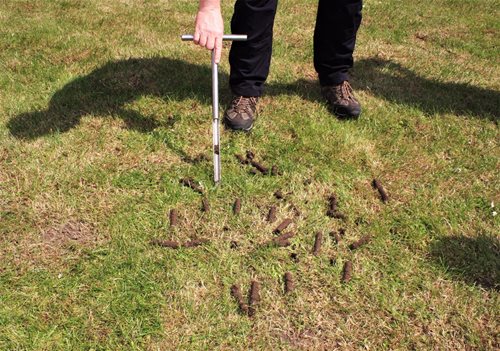
9. Don't use chemicals in a lawn
Chemicals do not belong onto a healthy lawn. They tend to remain in the soil and disrupt optimal conditions, which can lead to a collapse of the plants. It is usually quite expensive to reverse this process and sometimes there is no other way than to start over. Nowadays, it is also possible to take care of your lawn the natural way again. Therefore, use biological fertilisers.
10. Enjoy the lawn
You don’t have a lawn just to look at it; it is best to enjoy it! Walk barefoot on it, play with kids and pets, enjoy picnics and barbecues, play football, crocket, badminton, have water fights, catch some sun, swing in a hammock… Your lawn is not a forbidden territory, it is an area for living, so let’s live on it and enjoy it.
